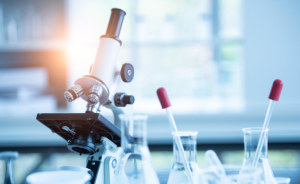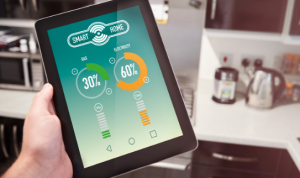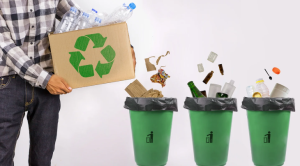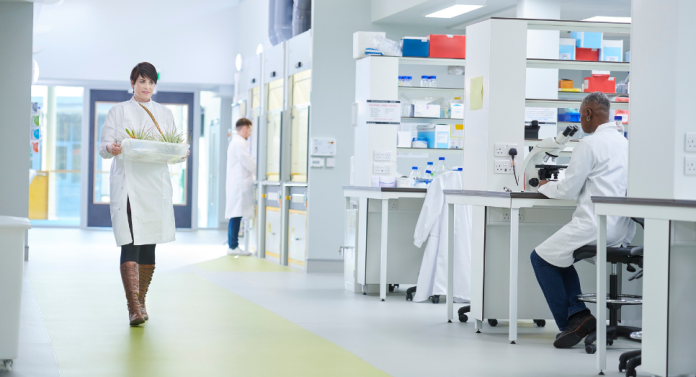Table of Contents
Have you been to the doctor recently to have your urine tested, blood count checked, or other tests? After your test, you may have overheard your doctor say, ‘I’ll take your samples to the lab.’
Clinical labs are healthcare facilities where medical technologists perform various laboratory operations to aid the diagnosis, treatment, and management of patients. This is where all the testing and analysis of specimens are done.
What goes on in there? With all the wastes and substances used there, don’t you wonder how clinical laboratories impact the environment and how much can be reduced?
Laboratories And Their Impact To The Environment

Healthcare facilities work 24 hours a day. For them to function effectively, they use many types of equipment daily, including microscopes, gas chromatographs, lab pumps from makers like KNF, centrifuges, fume hoods, imaging systems, and other lab glassware such as beakers, flasks, test tubes, funnels, vials, and condensers.
As a result of the daily operations, they consume loads of water and accumulate significant quantities of harmful, infectious, and solid wastes.
Additionally, the materials and equipment laboratories utilize may have a negative impact on the environment. Cleaning systems, regular pest control, mercury in medical equipment, heavy metals in electronics, and batteries are all examples of this. Secondly, a typical lab utilizes a tremendous amount of energy, resulting in substantial greenhouse gas emissions.
To sum it up, clinical laboratories have high water and energy consumption and have huge production of wastes and hazardous materials. Given the environmental effects of clinical laboratories, do you think it’s still feasible to lessen such?
Practices For A Sustainable Lab
To the question above, the answer is yes! Believe it or not, clinical laboratories can operate sustainably despite their high throughput and sterilization requirements. A few environmental practices can result in a safer, more sustainable lab.
These environmental practices won’t cost a lot, and only a shift in culture and mentality is required. Consider the following practices below.
1. Reduce Energy Consumption

A typical clinical laboratory can consume more than three times the energy that a corporate building does. This makes sense given the laboratory equipment’s tendency to operate continuously for lengthy periods.
Switching off equipment while not in use is one of the most straightforward methods to conserve energy. If the equipment requires a warm-up period or is set to a specific temperature, just place it on an outlet timer to guarantee that it’s operational when lab projects begin. Additionally, while not in use, close the fume hood.
Besides that, laboratories may consider investing in freezers. A freezer is used to safely and reliably store materials and important samples requiring low-temperature conditions. It’s good news that energy-efficient temperature freezers have been accessible in recent years.
2. Improve Waste Management Procedures

Laboratories generate massive amounts of waste, most notably plastics. Apart from plastics, scientists undertake studies using a variety of chemical substances, which are, in most instances, extremely difficult to dispose of. Finally, electronic wastes are also a big problem in labs.
There are a few strategies for reducing laboratory waste and improving rubbish removal inside the facility:
- Enhance the clarity of the laboratory’s waste management and recycling operations. Clearly labelled containers aid waste segregation.
- If feasible, go from plastics to glassware.
- Require suppliers to use less packaging and more biodegradable plastic.
- Bins should be placed near areas where the majority of garbage is generated.
- Collect and dispose of electronic trash in accordance with the law. Recycling may also be done whenever feasible.
- Print double-sided if possible.
- Use more ecologically friendly chemicals.
- Streamline purchases and opt for items that come in minimal and top quality packaging.
3. Handle Equipment Properly
Proper care of laboratory equipment makes perfect sense from a sustainability standpoint and helps a laboratory economically. When a facility is clean and properly kept, it creates a more conducive working environment, which results in more accurate experiments.
Small adjustments to a laboratory’s cleaning regimen such as the following can significantly improve its long-term sustainability:
- Establish and adhere to a cleaning plan.
- Keep an eye out for dust, excessive heat, and electrical surges near the vicinity of electronic equipment.
- Maintain periodic maintenance on all equipment to guarantee proper operation and avoid breakages.
- Maintain calibrated equipment.
- Fix or upgrade equipment that’s in need of repair or refurbishment.
The Bottom Line
As clinical laboratories have become substantial contributors to environmental damage, it’s necessary to educate labs on environmental stewardship.
By being aware of the environmental effect of daily laboratory work and adopting basic, easy steps to minimize energy consumption, enhance waste management processes, and correctly handle equipment, a clinical laboratory may be developed into a safe, sustainable facility.






































